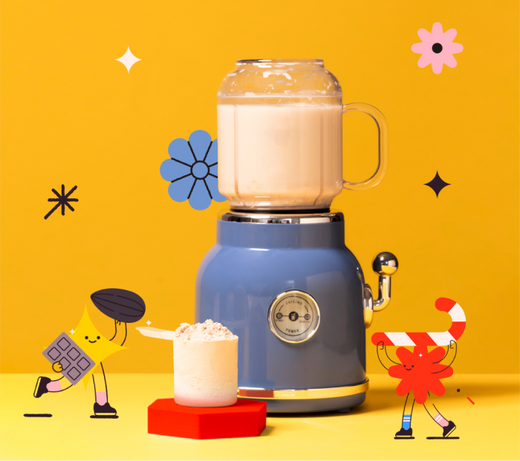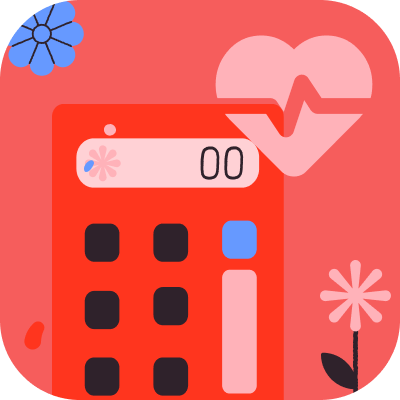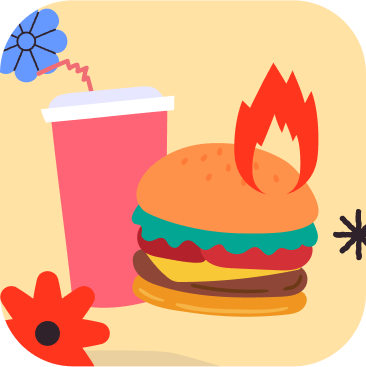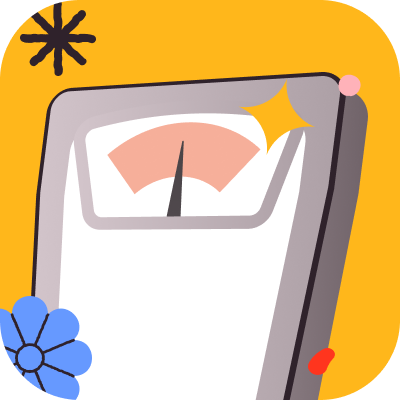Protein is one of the most important macronutrients our bodies need. However, cholesterol is also high in all high-protein foods. A healthy balance of protein intake and fat levels is key to achieving a healthy body. Proteins are the building blocks for our bodies, muscle repair and growth, and other vital physiological functions. Fat, on the other hand, is a waxy substance that, in high levels, can lead to serious life-threatening conditions such as heart disease and stroke. So choosing the right low-fat protein is very important for overall health. Let’s delve into various foods that are high in protein and low in cholesterol.
Key Takeaways:
- Depending on your individual and cultural dietary preferences, build a wide variety of vegetables, fruits, whole grains, legumes, nuts and fish, low and fat-free dairy products, and vegetable oils that aren't tropical.
- Choose unprocessed foods where possible.
- To maintain a healthy body weight, balance energy intake (calorie intake) and output (exercise). It’s all about making healthy choices.
Top High Protein, Low Cholesterol Food Sources
Although proteins of animal origin are considered complete proteins, containing all the essential amino acids, saturated fatty acids are also very high. On the other hand, while the amino acids in plants are incomplete, they still constitute lean proteins.
Plant-based powerhouses of proteins
- Beans and lentils: Packed with protein and fiber, these nutritional stars leave you feeling full and satisfied. They are incredibly versatile and can be added to soups, salads, stews, and dips. The Harvard School of Public Health says 1 cup of cooked whole grains provides 18 grams of protein and less than 1 gram of fat.
- Tofu and tempeh: These soy-based products provide a complete source of protein, which means they also contain nine essential amino acids. They are a wonderful meat substitute and can be marinated, baked, or stir-fried for a variety of savory dishes.
- Vegetables and seeds: Powerhouses of healthy protein, fat, and fiber, nuts, and seeds are heart-healthy foods. Nuts, seeds, and oils high in linolenic acid (an omega-3 fatty acid) can help lower cholesterol. Good choices include almonds, walnuts, pistachios, pecans, peanuts, chia seeds, and flax seeds. Be mindful of portion sizes, though, as nuts and seeds are also high in calories.
- Quinoa: This ancient grain is a complete source of protein and a great source of fiber. It cooks quickly and has a slight sweetness, making it the perfect addition to a salad, bowl, or side dish.
- Avocado: This fruit is rich in monounsaturated fat. Monounsaturated fat, along with protein, can help lower LDL cholesterol levels, which supports heart health.
Simple proteins from the animal kingdom:
- Fish: Fatty fish like salmon, tuna, mackerel, and sardines are good sources of protein and omega-3 fatty acids, which are beneficial for heart health. Try to eat fish at least twice a week. Tuna also contains vitamins B-12, D, niacin, and selenium.
- Skinless chicken and chicken breast: These lean proteins are versatile, and can be fried, baked, roasted, or scrambled. Choose skinless chicken to reduce your fat intake. One serving of chicken is associated with a 19% lower risk of heart disease than 1 serving of red meat a day.
- Low-fat dairy: Greek yogurt, low-fat cottage cheese, and whole milk are good sources of protein and calcium, which are important for bone health. Choose simple varieties and add your favorite fruit or flavor for a powerful twist.
How do you eat high protein with high cholesterol?
There are several foods that are very good sources of protein. They are generally also high in cholesterol levels like organ meats, processed meats, full-fat dairy items, shellfish etc. Avoid these items if you are suffering from high levels of cholesterol or triglycerides.
Making Your Plate: A Food Theory Model
Now that you have a high-protein, low-fat weapon of choice, let’s put it to work! Here are some delicious and heart-healthy food ideas:
Morning: Try our energy-boosting coffee. The combination of both plant protein powder and caffeine may help to stabilize energy levels throughout the day. One scoop, which is 30 grams, can provide you with 13 grams of protein. It is gluten-free, grain-free and has zero cholesterol.
Breakfast: Greek yogurt with fruit, chia seeds, oatmeal with eggs, and nut butter spread.
Lunch: Salad with grilled chicken breast, quinoa, and light vinaigrette. Alternatively, serve your choice of corn soup with a roll of wheat bread.
Snacks: Edamame – These little green soybeans are a delicious and easy snack. It contains essential protein, fiber, vitamins, and minerals.
Dinner: Baked salmon with mashed potatoes, broccoli, and some vegetables, or if you’re happy with your weight, a meal replacement smoothie would be a great source of protein, fiber, and minerals.
- Having 1-2 servings of fruit can be very beneficial as fruit is an excellent source of Phytosterols (powerful chemicals that lower LDL cholesterol).
Seasoning your food: herbs and spices to make it more palatable
While it’s important to focus on protein content, don’t underestimate the power of flavors! Herbs and spices can transform your diet without adding unhealthy fats or sodium. Popular options include:
- Garlic and onion: These staples add a deep flavor to most dishes. They also offer several health benefits, including the fact that garlic can lower blood pressure.
- Chili Powder: This warming spice improves potency and capsaicin which can help with metabolism.
- Turmeric: This vibrant spice has antiseptic properties and adds a warm, earthy flavor to curries, soups, and stir-fries.
- Cumin and Coriander: These classic Indian spices pair beautifully with legumes and vegetables.
- Black pepper: A universal favorite, pepper adds flavor to most foods and contains piperine, which can help improve nutrient absorption.
Mindful eating: Nourishes the body and provides flavor
Beyond a specific diet, using your imagination can dramatically improve your health goals. Here are some tips to keep in mind:
- Plan your meals: A meal plan helps you avoid instant choices and provides you with healthy options quickly.
- Read food labels: Pay attention to the amount of protein, fat, and saturated fat in large packaged foods.
Food Concepts for guidance when needed
While this article provides comprehensive guidance on high-protein, low-fat foods, it's important to consider your pre-existing health conditions. Consulting a registered dietitian or nutritionist can be very helpful in creating a personalized meal plan to meet your specific needs. They can also help you determine the right amount of protein based on your age, activity level, and health goals.
Conclusion

A healthy balance of protein intake and fat levels is the recipe for a healthy and vibrant lifestyle. You can fuel your body, have a delicious taste, and make your heart happy by supplementing with the wonderful high-protein and low-fat choices outlined here. Remember that a healthy diet is a journey, not a destination. Experiment with different flavors, recipes, and food combinations to find what works best for you.
Frequently Asked Questions 
F.A.Q 
Can too much protein increase cholesterol?
No, high-protein foods will not increase cholesterol, provided the selection of the food items is appropriate.
Is it OK to eat peanut butter if you have high cholesterol?
Yes, peanut butter has a high percentage of unsaturated fats, which are beneficial for cardiovascular health and can be consumed.
What protein is best for lowering cholesterol?
Research shows that plant proteins are the best proteins to consume, as they have zero cholesterol and are beneficial for our health.
































